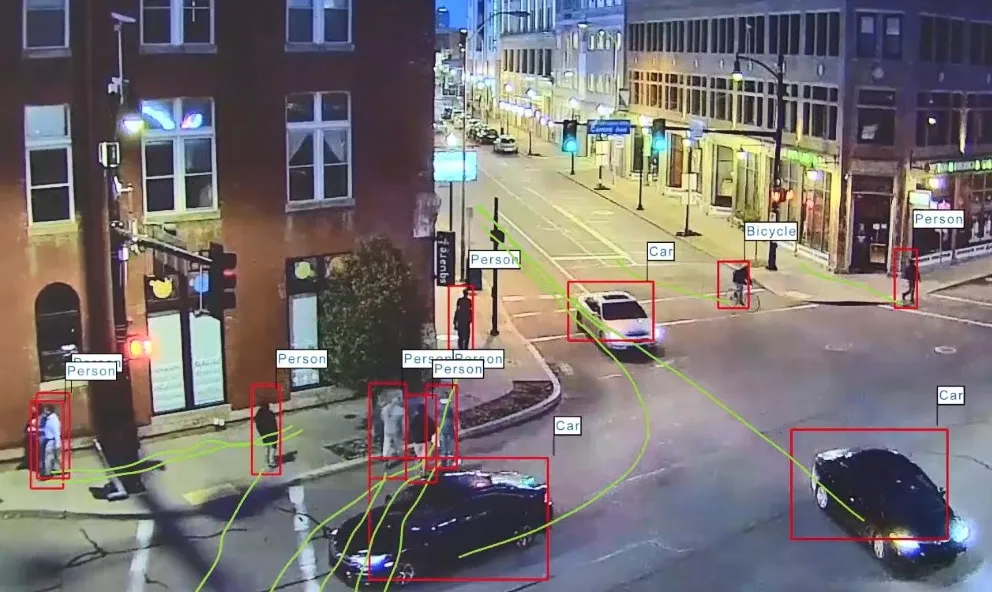
Also at the show Mobilisis is exhibiting its new MagSense magnetic loop sensors which connect directly to a high-speed network and are said to open new possibilities in the detection and counting of vehicles.
Able to detect vehicles at any speed from parked to 220km/h, the system transfers real-time parking information that can be used to direct drivers to the nearest available space thereby reducing congestion caused by circulating traffic. The sensors can be connected to parking ticket and patrol systems.










